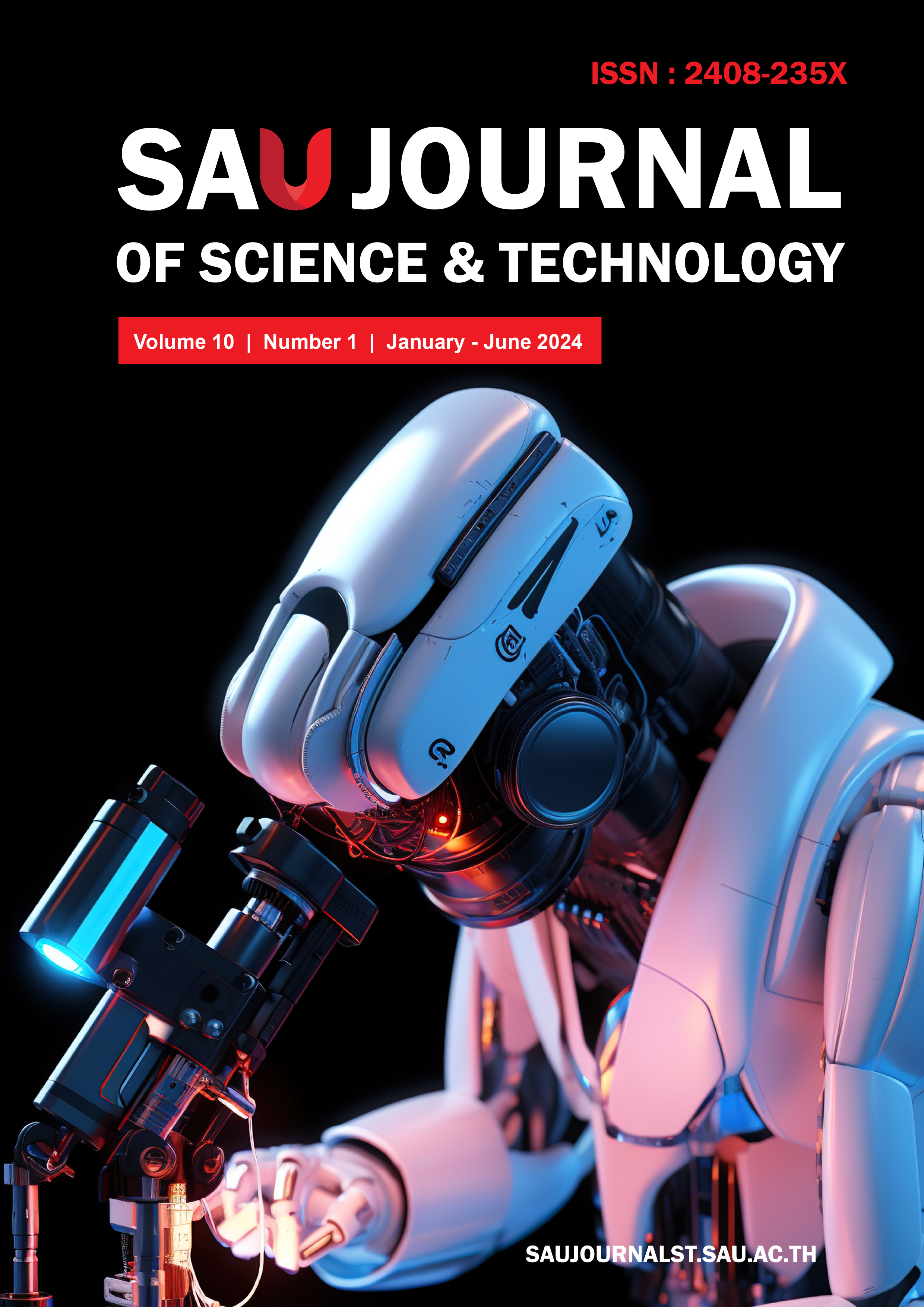Energy Efficiency Analysis of Permanent Magnet Synchronous Motors in the Whole Life Cycle of Urban Rail Vehicles
Main Article Content
Abstract
This paper analyses the energy efficiency of Permanent Magnet Synchronous Motors (PMSM) throughout the entire life cycle of urban rail vehicles, using a vehicle with PMSM from a metro line as an example. The paper utilizes actual vehicle operation data to establish a model for vehicle energy consumption. It then statistically estimates the full life cycle of the energy consumption value of the vehicle with PMSM , as well as the energy consumption during the four phases of individual acceleration, uniform speed, braking, and stopping. This paper comprehensively considers vehicles' energy consumption and cost and conducts a comparative analysis of the PMSM and asynchronous motors (AM) vehicles. The results show that the vehicle with PMSM saves 40% and 36% of energy consumption and cost throughout the life cycle. The data presented in this paper demonstrates that vehicle with PMSM offer significant energy-saving advantages throughout their life cycle. Therefore, the PMSM reduces operational energy consumption and improves the economy and environmental friendliness of the vehicles. The paper provides data to support the optimization and control of energy consumption in urban rail vehicles.
Article Details
References
H. Douglas, F. Schmid, C. Roberts and S. Hillmansen, “Evaluation of permanent magnet motor energy saving technology for different types of railways,” 2016 IEEE Int. Conf. Intelligent Rail Transport. (ICIRT), Birmingham, UK, 23-25 August 2016, pp. 123-129, 2016.
K. Matsuoka, “Development trend of the permanent magnet synchronous motor for railway traction.” IEEJ Trans. Electric. Electron. Eng., Vol. 2, no. 2, pp. 154-161, 2007.
K. Kondou and K. Matsuoka, “Permanent magnet synchronous motor control system for railway vehicle traction and its advantages,” Proc. Power Conv. Conf.-PCC'97. IEEE, Vol. 1, pp. 63-68, 1997.
J. H. Feng, “Key technology and development trend of permanent magnet motor traction system for rail transit,” Electric Drive for Locomotives, Vol. 6, pp. 9-17, 2018. (in Chinese, translated abstract).
Q. Xu, “Application and characteristics of permanent magnet synchronous motor in rail transit traction system,” Sci. Tech. Inform., Vol. 2, pp. 378-379, 2013. (in Chinese).
M. G. Dong, “Characteristics and application of direct drive traction motor,” Electric Locomotives Mass Transit Vehicles, Vol. 29, no. 2, pp. 56-58, 2006. (in Chinese).
A. Khare and DSK. Shriwastava, “A Survey of Traction Permanent Magnet Synchronous Motor,” Inter. J. Sci. Tech. Eng., Vol. 1, no. 10, pp. 149-152, 2015.
L. J. Liu, W. G. Chen, X. Liu and T. He, “Research on Energy Saving Technology of Metro Permanent Magnet Synchronous Traction System,” Electric Drive for Locomotives, Vol. 6, pp. 23-25, 2018. (in Chinese, translated abstract).
J. M. Zhang, H. Su, Q. Ren, W. Li, and H. C. Zhou, “Review on development and key technologies of permanent magnet synchronous traction system for rail transit,” J. Traffic Transport. Eng., Vol. 21, no. 6, pp. 63-77, 2021. (in Chinese, translated abstract).
M. Kondo, J. Kawamura and N. Terauchi, “Energy consumption calculation of permanent magnet synchronous motor for railway vehicle traction using equivalent circuit,” IEEJ Trans. IA, Vol. 125, no. 4, pp. 313-320, 2005. (in Chinese, translated abstract).
F. Qi, Z. Wang and Q. F. Jiang, “Research on Energy-saving Measures of Urban Rail Transit,” Rolling Stock (1002-7602) vol. 61, no. 3, pp. 102-108, 2023. (in Chinese, translated abstract).
M. Franko, J. Kuchta, and J. Buday, “Development and performance investigation of permanent magnet synchronous traction motor,” Inter. Symp. Power Electron., Electrical Drives, Automat. Motion. IEEE, Sorrento, Italy, 20-22 June 2012, pp. 70-74, 2012.
J. J. Yan and W.Ruengphrathuengsuka, “Review of Energy Saving Technologies for Urban Rail Vehicles,” SAU J. Sci. Tech., Vol. 9, no. 2, pp. 89-103, 2023.
J. Wang and H. A. Rakha, “Electric train energy consumption modeling,” Applied energy, Vol. 193, pp. 346-355, 2017.
C. W. Jenks, L. D. Goldstein, A. P. Avery, E. P. Delaney and S. Lamberton, “National cooperative rail research program (ncrrp) report 3: Comparison of passenger rail energy consumption with competing modes,” Washington (DC): Transportation Research Board, 2015.
Changsha Rail Transit Operation Co., “Research Report on Maintenance of Permanent Magnet Traction Motors,” 2022. (in Chinese).
Ministry of Transport of the People's Republic of China, “Management Measures for Operation and Maintenance of Urban Railway Transport Facilities and Equipment,” 2019. https://xxgk.mot.gov.cn/2020/jigou/ysfws/202006/t20200623_3315955.html (in Chinese).
H. H. Deng and B. Y. Zhong, “Train energy consumption analysis of permanent magnet synchronous traction system for Changsha metro line 1,” Modern Urban Transit, Vol. 9, pp. 10-13, 2017. (in Chinese, translated abstract).
A. Nordelöf, E. Grunditz, S. Lundmark, A. M. Tillman, M. Alatalo and T. Thiringer, “Life cycle assessment of permanent magnet electric traction motors,” Transport. Res. Part D, Vol. 67, pp. 263-274, 2019.
Xiangtan Electric Co., “YQ-190-7A AC Asynchronous Traction Motor User’s Manual,” 2015. (in Chinese).
CRRC Zhuzhou Institute Co., Ltd., “tDriver-MD1014.J2 permanent magnet synchronous traction motor User’s Manual,” 2019. (in Chinese).


